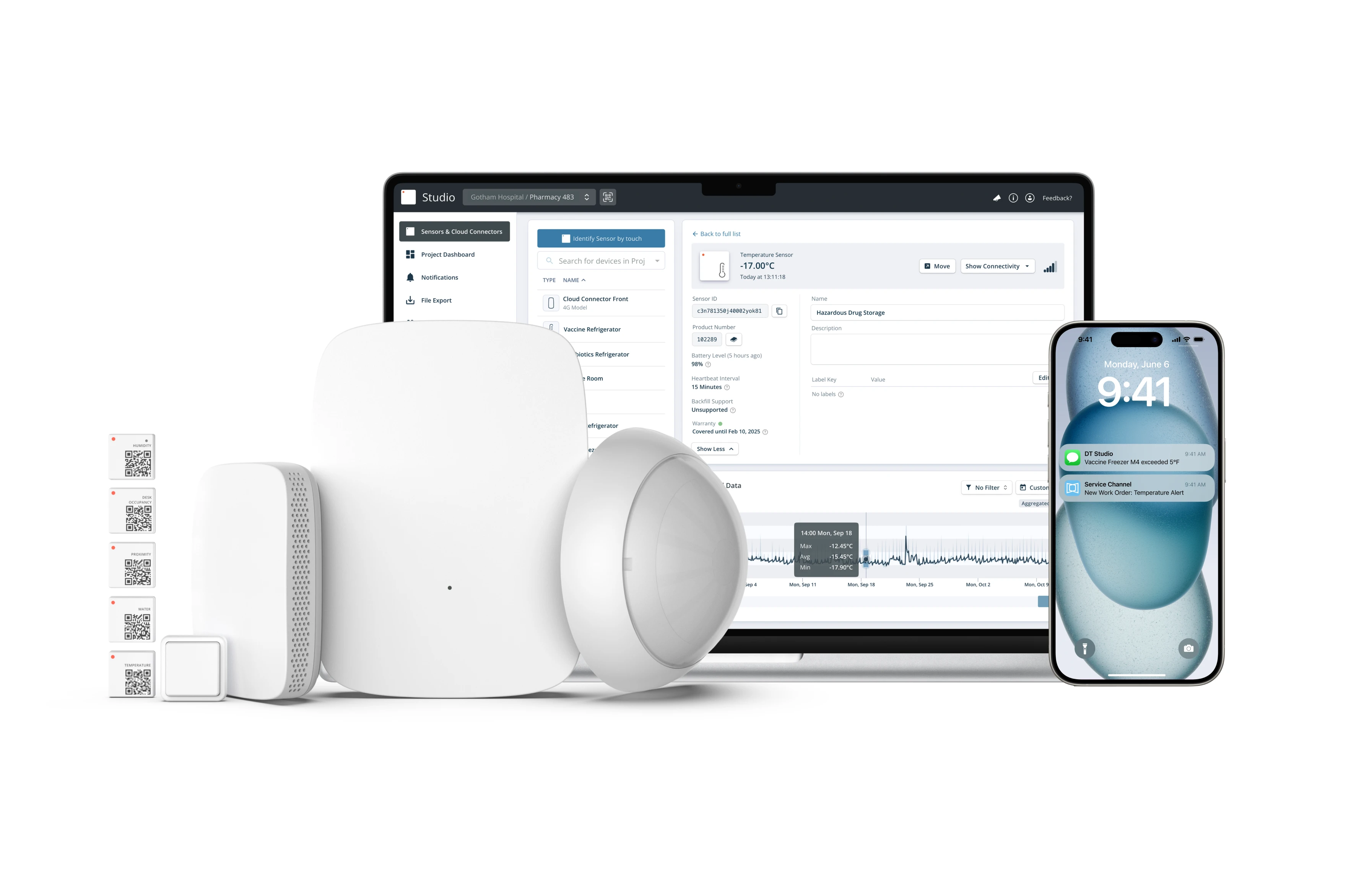6 Key Takeaways from WORKTECH24: All About the Workplace Experience

From May 22-23, we attended two WORKTECH events: one in Amsterdam and the other in Copenhagen. WORKTECH is a leading conference series for professionals dedicated to the future of work and the workplace. In this article, we share the key insights and learnings from these events, which shed light on the evolving landscape of work, the workplace, and the intersection of real estate and technology.
1. The Workplace Experience Must be Worth the Commute
A recurring theme across the two days was the importance of humanizing the workplace to attract employees to be in the office. This can mean creating experience-based workplaces rather than activity-based ones and designing spaces more akin to "home." We saw examples of office buildings designed with home-style kitchens, gardens, meditation rooms, and cozy nooks, and it was agreed that perks–baristas, food halls, and social areas–are not enough to bring people in. Workplaces must also offer the flexibility required to work around personal needs like family, fitness, and friends. The consensus was that offices must provide comfort, community, and productivity tools to make commuting from home worthwhile.
2. We Know We Need Sensors, the Challenge Is Managing the Data
While everyone recognizes the role of sensors in understanding workplace utilization and the value of the data they produce, many need help using the data effectively. Collecting data is just the beginning; the challenge lies in analyzing it to derive actionable insights. For instance, sensors might show that meeting rooms are underutilized, but understanding why and what to do about it requires a more profound analysis. Businesses must assign resources and invest in the right partnerships to interpret and translate data into strategies that provide tangible gains.
3. Quantitative Data Should be Combined with Qualitative Data
A comprehensive understanding of workplace dynamics requires quantitative data, such as sensor data, and qualitative insights, such as employee surveys. For example, sensor data might indicate that a workspace is rarely used, while employee feedback could reveal that the reason is that the meeting equipment in that area is too complex. Similarly, sensor data might show that employees frequently occupy common areas, while surveys could highlight that employees use these spaces for socializing and for informal work meetings. Combining these two data sets allows workplace strategists to gain a fuller picture and design a workplace that meets employees' needs.
4. We Must Balance Collecting Data and Ensuring Employee Privacy
Smart decision-making relies on data utilization, but this raises privacy concerns. While employees want workplaces tailored to their needs, they are wary of being monitored. Transparent communication about data usage and choosing technology that keeps data anonymous are ways to automate data collection while maintaining employee trust in the workplace.
5. Technology Needs to be Simple and Integrate Seamlessly
With so many smart solutions available, workplaces are experiencing tech overload. In some cases, this expanse of data and technology actually complicates decision-making rather than solving the problems it was designed for. Businesses must, therefore, ensure that new technology is seamlessly integrated and straightforward to use. Before introducing advanced analytics or automation systems, essential productivity tools, such as meeting software and access systems, must already function well.
6. Buildings Should be Future-Proofed with Adaptable Technology
Designing buildings with flexible, scalable sensor technology ensures they remain relevant as data collection needs evolve. Disruptive Technologies sensors can retrofit buildings at any stage of their smart journey, making it unnecessary to predict future trends precisely. This adaptability supports long-term data collection goals without requiring extensive renovations or upgrades.

About Disruptive Technologies
Disruptive Technologies makes it easy to collect data from assets. We strive to take the hassle (and cost) out of making buildings and facilities smart. Whether you want to understand and optimize office layouts, monitor temperature, reduce energy consumption, or improve cleaning and maintenance programs, peel-and-stick installation, simple integration, and 15-year battery life mean adding sensors to a building or smart-building solution has never been easier.

Complete Guide to Understanding Workplace Occupancy
Content That Might Interest You
Get Started




.png)

